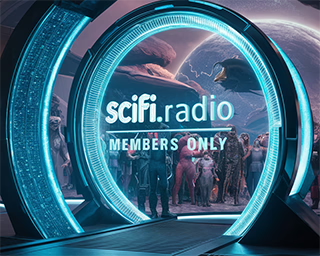It’s the first flight on Mars: Ingenuity takes a picture of it’s own shadow on the Mars landing field
The little solar-powered helicopter that could.
Early Monday morning, April 19th 2021, an aircraft has taken of and flown on another planet.
NASA successfully flew its four-pound helicopter from the surface of Mars early Monday, the first powered flight of an aircraft on another planet, a feat NASA officials compared to the Wright brothers first flight in 1903
At about 3:30 a.m ET., the twin, carbon-fiber rotor blades began spinning furiously at 2200 rpm, and the chopper, called Ingenuity, lifted off the surface of the Red Planet, reaching an altitude of about 10 feet, where it hovered, turned and landed softly in an autonomous flight that lasted just 39 seconds, the space agency said. A small step that will be followed by more extensive flights and tests over the next 14 Sols, or Martian days. Mars’ atmosphere is too thin for anything heavy or with wings, and there was real concern if flying on Mars was possible. It is.
NASA Associate Administrator for Science Thomas Zurbuchen announced the name for the Martian airfield on which the flight took place.
117 Years in the Making
“Now, 117 years after the Wright brothers succeeded in making the first flight on our planet, NASA’s Ingenuity helicopter has succeeded in performing this amazing feat on another world,” Zurbuchen said. “While these two iconic moments in aviation history may be separated by time and 173 million miles of space, they now will forever be linked. As an homage to the two innovative bicycle makers from Dayton, this first of many airfields on other worlds will now be known as Wright Brothers Field, in recognition of the ingenuity and innovation that continue to propel exploration.”
“The Mars Helicopter project has gone from ‘blue sky’ feasibility study to workable engineering concept to achieving the first flight on another world in a little over six years,” said Michael Watkins, director of JPL. “That this project has achieved such a historic first is testimony to the innovation and doggedness of our team here at JPL, as well as at NASA’s Langley and Ames Research Centers, and our industry partners. It’s a shining example of the kind of technology push that thrives at JPL and fits well with NASA’s exploration goals.”
Perseverance touched down with Ingenuity attached on Feb. 18. Deployed to the surface of Jezero Crater on April 3, Ingenuity is currently on the 16th sol, or Martian day, of its 30-sol (31-Earth day) flight test window.

Ingenuity carries a 1- inch square of fabric from the Wright Brother’s 1903 flyer, that has traveled 471 million kilometers to make history again.
A Game Changer
Brief though today’s flight was, it may well be game-changing, paving the way for extensive exploration by Martian aircraft down the road. Thanks to Ingenuity’s groundbreaking work, future Red Planet missions could commonly include choppers as scouts for rovers or data collectors in their own right, NASA officials have said.

Above is the NASA/JPL Livestream for future events.
-30-
![]()
David Raiklen wrote, directed and scored his first film at age 9. He began studying keyboard and composing at age 5. He attended, then taught at UCLA, USC and CalArts. Among his teachers are John Williams and Mel Powel.
He has worked for Fox, Disney and Sprint. David has received numerous awards for his work, including the 2004 American Music Center Award. Dr. Raiklen has composed music and sound design for theater (Death and the Maiden), dance (Russian Ballet), television (Sing Me a Story), cell phone (Spacey Movie), museums (Museum of Tolerance), concert (Violin Sonata ), and film (Appalachian Trail).
His compositions have been performed at the Hollywood Bowl and the first Disney Hall. David Raiken is also host of a successful radio program, Classical Fan Club.











